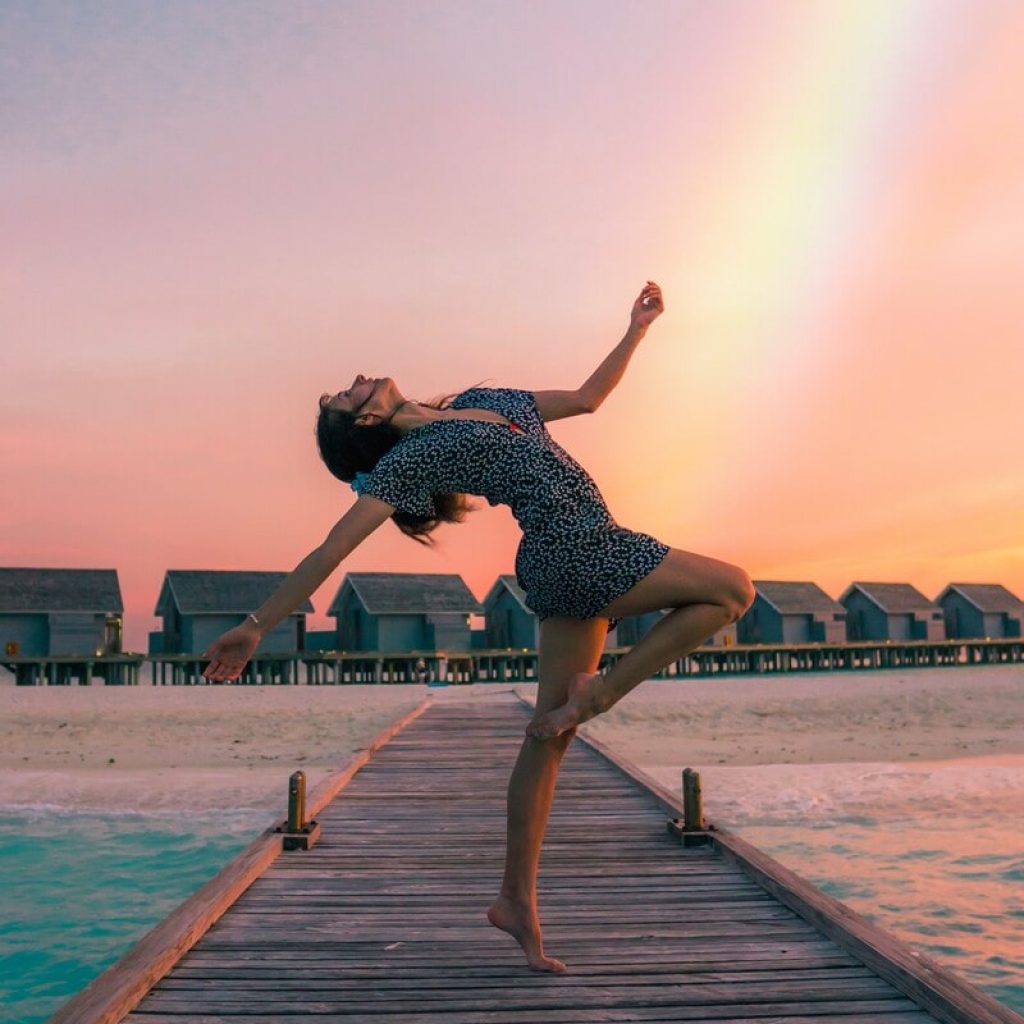Ballet and jazz dance components are combined to create lyrical dance. Its capacity to portray emotion and its elegant, flowing movements distinguish it.
Because it aids in developing a dancer’s feeling of fluidity and graceful movement, lyrical dance is a crucial component of dance training. Additionally, lyrical dance can convey emotions and a narrative through action.
Lyrical dance instruction may assist dancers of all skill levels develop their artistry and technique. Learning fundamental lyrical dance steps is an excellent place to start if you want to learn how to dance fluidly and gracefully.
The History and Technique of Lyrical Dance
Ballet, jazz, and modern dance all have aspects found in lyrical dance. It is well renowned for its fluid, beautiful movements and frequently performed lyrics from popular songs.
Early in the 20th century, dancers who wished to express themselves via their movements and tell a narrative or deliver a message turned to lyrical dance as a means of doing so. Isadora Duncan, a modern dance pioneer who advocated using dance to communicate and self-expression, popularized the movement.
Since then, lyrical dance has changed to reflect people’s times and interests. Today, it is frequently performed to lyrics from hit songs and is renowned for its elegant, fluid motions.
The capacity to link the body’s movement with the emotions expressed in the music is the most crucial component of lyrical dance, which can employ various techniques. It necessitates a thorough knowledge of the words and music and a solid emotional connection.
A stunning and potent form of physical expression is lyrical dance. There are many resources online and at libraries to learn more about this dancing form.
Essential Lyrical Dance Techniques for Graceful Flow
There are a lot of lovely lyrical dance steps out there, but three, in particular, are crucial for a smooth flow. The initial gesture is a long, sweeping arm motion. It is a traditional lyrical maneuver that contributes to the feeling of grace and fluidity. The second turn is a soft, flowing one. This technique is ideal for changing between dance steps or giving your performance more grace. The final crucial action is a controlled, slow jump. This technique can give your dance more dynamics and vigor or more height and drama. We hope you find these maneuvers useful, no matter why you desire to learn them.
Completing the Picture: A Lyrical Dance Routine
A smooth and passionate, lyrical dance mixes the fluidity of jazz and modern dance with the grace of ballet. Musical theater frequently employs this style, renowned for its dynamic, narrative qualities.
A lyrical dance routine should be a flawless movement, mood, and music fusion. The best performances engage the audience more deeply and tell a story.
There are a few considerations to make when designing a lyrical dance routine:
- The dancers and the music should be connected in the choreography, which should be fluid and flowing.
- The music should be carefully picked because it should go well with the choreography and support the narrative.
- The routine should be executed passionately and with emotion to effectively tell the audience the story.
Let’s look at how to put together a lyrical dance routine keeping these things in mind.
Select the music for your routine first. The theme ought to be dramatic and evocative. Additionally, it must fit the choreography well. It’s time to begin choreographing the performance after you’ve selected the music.
The dancers and the music should have a strong relationship, and the choreography should be free-flowing and fluid. The movements should be based on the song’s narrative and lyrics. The routine must develop to a climax before concluding on a closure note.
Consider the story’s emotional progression while you design the routine. Like a good tale, the practice should have a start, middle, and end. The situation and the people should be introduced at the outset. The struggle and climax should occur in the middle. The resolve ought to come at the end.
When the choreography is finished, it’s time to begin practicing. Until it is perfected, the routine should be practiced. Keep the audience in mind as you concentrate on the story and the emotion.

The Value of Mastering Lyrical Dance Technique
Ballet and jazz are combined in a lyrical, expressive dancing style. Learning the various harmonious dance steps might be complicated, but the effort is worthwhile. You’ll not only be able to dazzle your friends and family with your incredible dancing abilities, but you’ll also be able to enhance your flexibility, balance, and coordination.
While learning lyrical dance steps, there are a few things to remember. Finding a skilled instructor who can demonstrate the correct methods is crucial first. To gain a concept of how the moves should look, it’s also essential to view videos of expert dancers. It is a good idea to practice in front of a mirror to see how you appear and fix any mistakes you may be making.
You can efficiently perform the various lyrical dance moves with a little practice. You might even notice that you start to brag a little bit! Just keep in mind to enjoy yourself and the learning experience.







